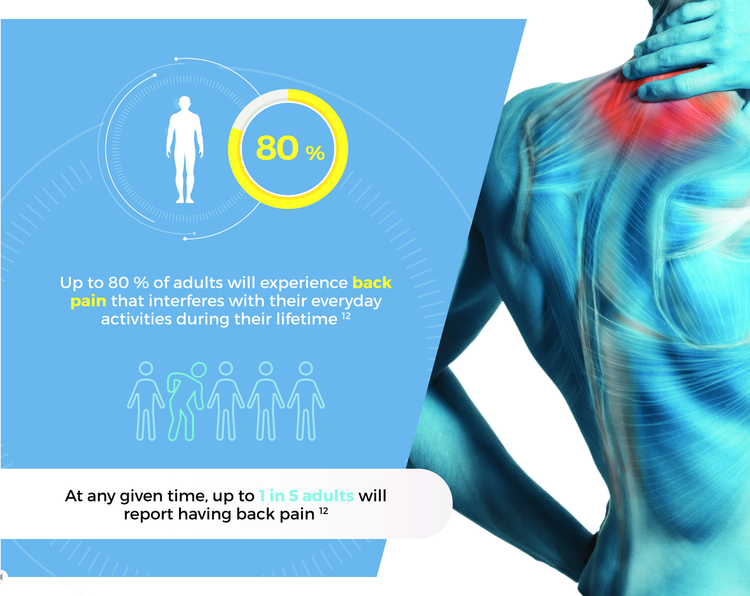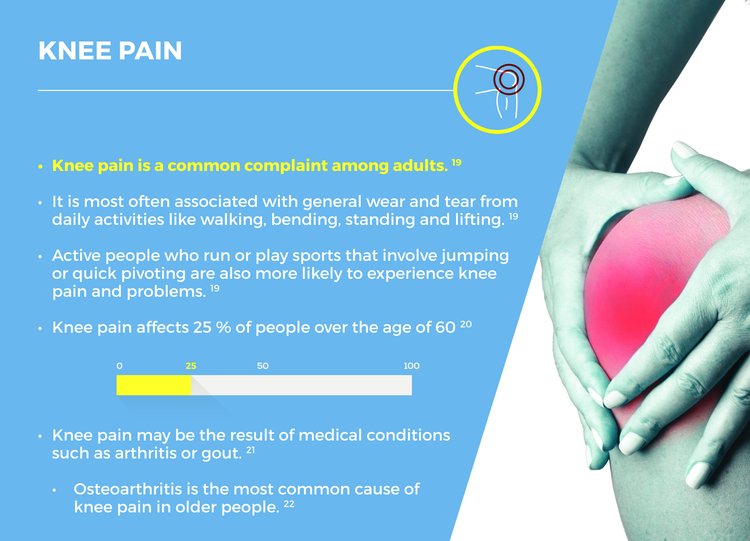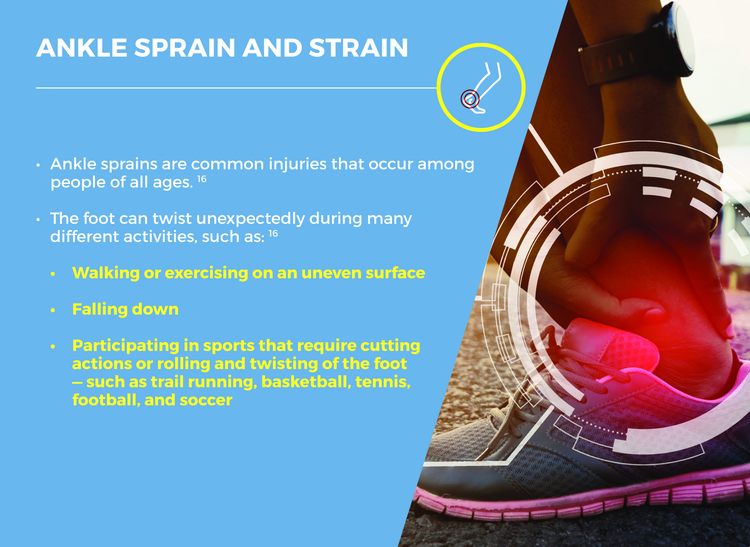About Pain

Neck & Shoulder Pain
Neck pain is a common problem (1:1). In fact, it’s estimated that between 22%-70% (2:1) of the population will experience neck pain in their lifetime. The pain may extend to the shoulders and upperback or may cause a headache. (3:17) Neck pain usually results from strains and sprains (3:6), sudden neck movements and trauma from falls or accidents. (4:7)
It might seem obvious, but because your head is supported by your upper back and lower neck, (4:2) strain in those areas will usually cause neck pain if this support system is affected adversely, (4:6) (5:1) Sometimes, you may not be able to move your neck very much at all. (4:2)
Shoulder pain is very common. (1:3) The shoulder is the most mobile of all the joints in the body making it highly susceptible to injuries. (2:1) The constant motion in the shoulder joint means it can be unstable, (1:3) and this instability can lead to injury. (2:1) Most often, pain occurs when rotator cuff tendons get trapped under the bony area in the shoulder. This is called rotator cuff tendinitis. (3:1)
Occasionally, the pain felt in the shoulder area isn’t caused by an injury in the shoulder joint, but rather by a problem in another area, such as the neck. This is called referred pain. (1:5, 6) (3:2)
Back Pain


Knee Pain

Ankle Sprain and Strain

.png?width=750&height=579&format=png&quality=80)
